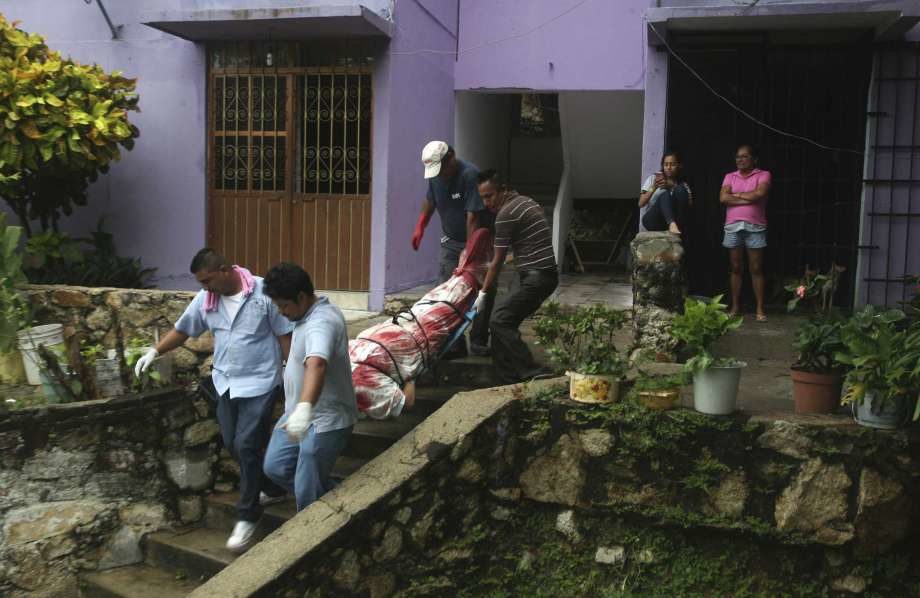
The number is the highest since comparable records began being kept in 1997 and is also higher than the peak year of Mexico's drug war in 2011, when there were 27,213 murders.
The Interior Department, which posted the number, reported the country's homicide rate was 20.5 per 100,000 inhabitants in 2017, compared to 19.4 in 2011.
But Mexico security analyst Alejandro Hope said Mexico's murder rate is probably higher than the Interior Department statistics show, because the department does the per 100,000 count based on the number of murder investigations, not the number of victims, and a killing may result in more than one victim. Hope says the real homicide rate is probably around 24 per 100,000.
Despite U.S. President Donald Trump's tweet last week claiming Mexico is "now rated the number one most dangerous country in the world," there are several nations in Latin America with higher rates.
Brazil and Colombia had about 27 homicides per 100,000 inhabitants, still well below Venezuela's 57 per 100,000, according to a World Bank report. El Salvador reported a rate of 60.8 for 2017.
Several U.S. cities - including St. Louis, Baltimore, New Orleans and Detroit - also had higher rates.
But some parts of Mexico were singularly violent: The Pacific coast state of Colima had a rate of 93.6 murders per 100,000 inhabitants; Baja California Sur, home to Los Cabos, had a rate of 69.1; and Guerrero, home to Acapulco, had a rate of 64.2.
While President Enrique Pena Nieto had campaigned on a pledge to end the violence that occurred during his predecessors' 2006-2012 offensive against drug cartels, there was only a temporary drop in killings between 2012 and 2014.
By 2015, killings began rising again, and 2017 was the bloodiest year, probably since the early 1990s.
This year promises to be even bloodier: During the first few days of 2018, nine people were killed in the Gulf Coast state of Veracruz.



Reader Comments